The Social Movement Action (SMA) Framework (Grinspun et al., 2020; Grinspun et al., 2022) is a collection of core elements that depict a social movement in the context of using knowledge to create lasting change. It describes a people-led, "bottom-up" grassroots approach to change that develops in response to an urgent shared concern or strongly desired change as well as a readiness for purposeful action by individuals, groups and organizations.
The SMA Framework provides an outline of all of the associated elements that are part of a social movement.
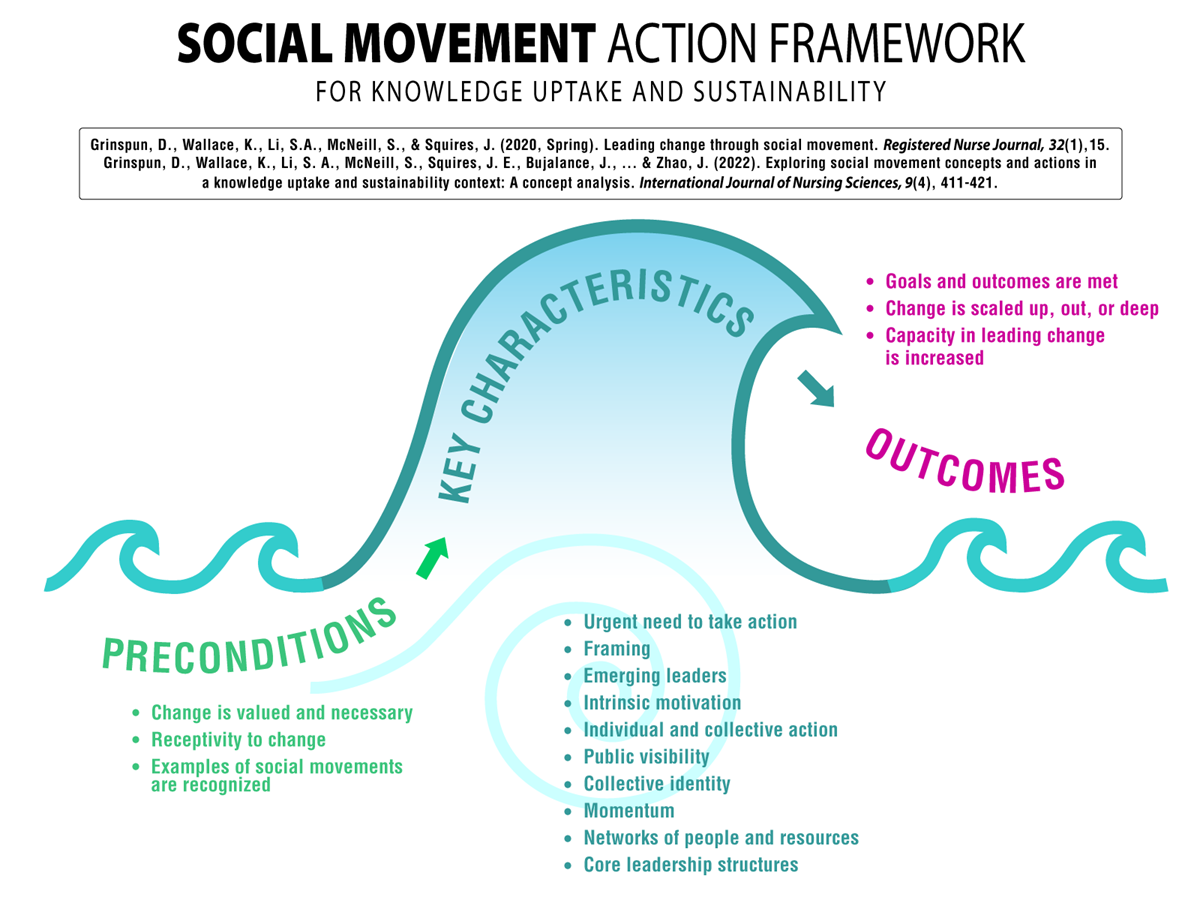
Preconditions
Preconditions are the events or conditions that must be present for a social movement to occur. They act as a starting point to be able to apply social movement thinking and actions.
Preconditions include three elements:

Key characteristics
Key characteristics are factors that are essential to a social movement. They can confirm if a social movement in the context of knowledge uptake and sustainability is happening.
As a social movement evolves, 10 key characteristics will be present:

Outcomes
Outcomes are what occur as a direct result of the social movement. They can tell you what to expect if you apply social movement action to a change initiative and how powerful it may be in terms of results.
Outcomes include three elements:

Planning for change
For the Social Movement Action Framework, the "Planning for change" time point includes the three Preconditions (or antecedents) - i.e., what must be in place in order for a social movement to occur.
Below are links to the relevant article pages of the three Preconditions and some of the many case studies to illustrate each of the preconditions.
Valuing the need for hospice and palliative care services
Advocacy for humane death and dying care practices led to the valuing and realization of hospice and palliative care services in South Australia.

Taking action to create change
A coalition of community partners who took action and created change for cancer prevention and promotion.
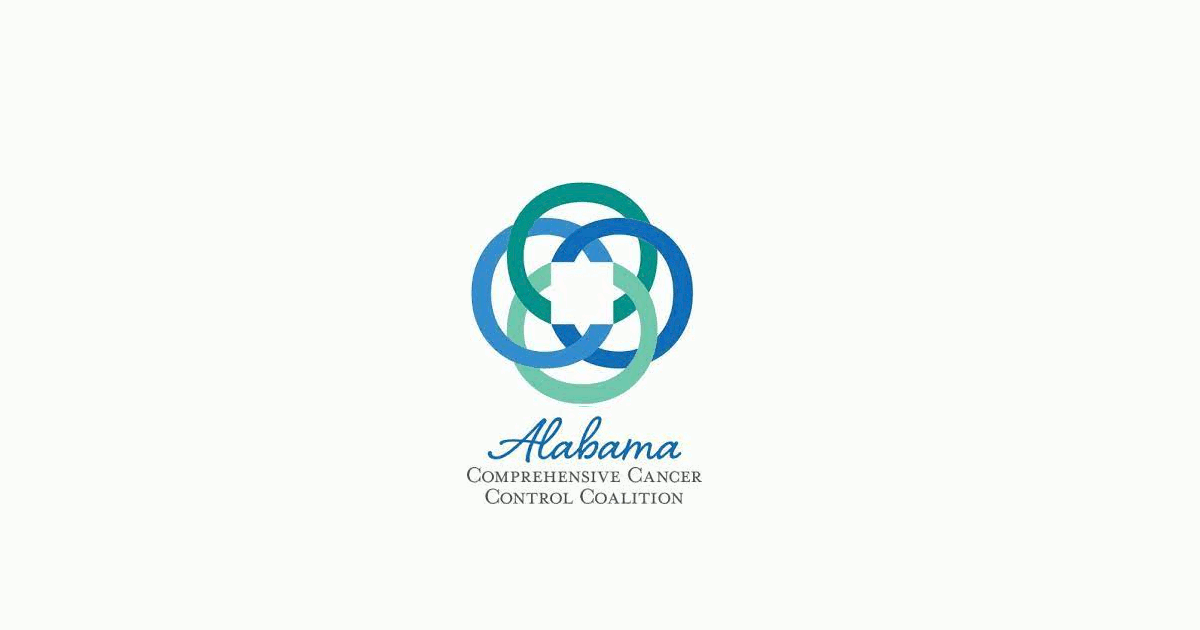
Applying grassroots advocacy for girls and women with disabilities
Using collective action, the Disabled Women's Network (DAWN) has advocated for the rights of girls and women with disabilities.
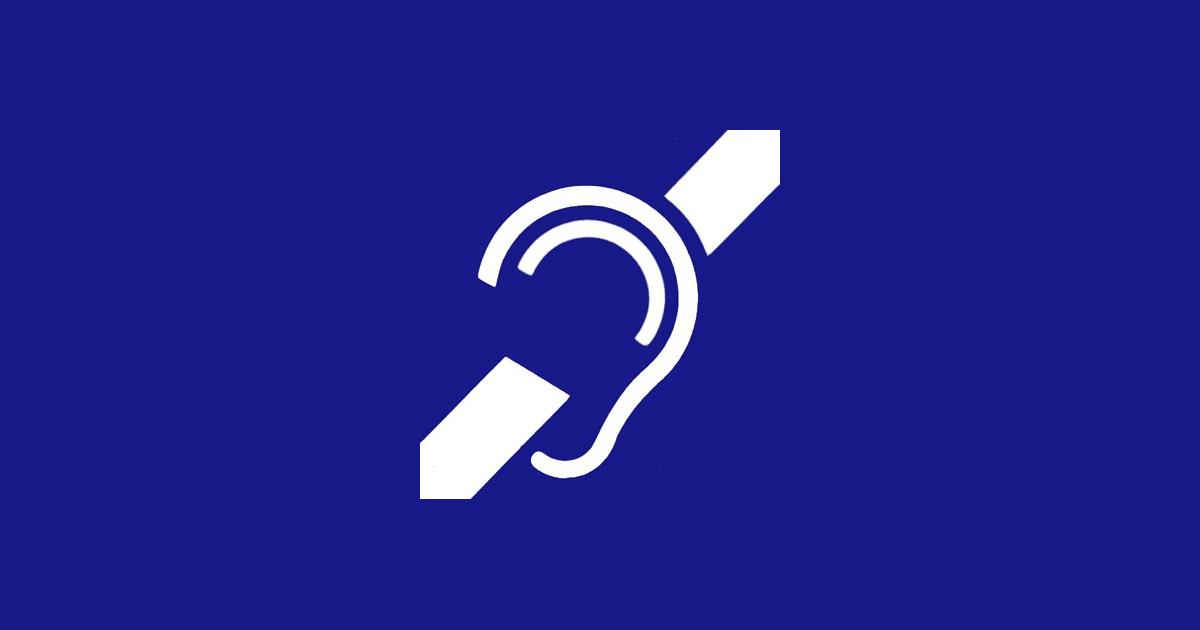
Making change happen
The "Making change happen" time point includes the 10 Key Characteristics (or defining attributes) of the Social Movement Action (SMA) Framework - that is, the elements that must be present for social movement action to occur.
Below are links to three article pages of SMA key characteristic elements and three case studies that illustrate SMA key characteristics.
Championing clinical excellence in acute care
Vall d’Hebron Barcelona Hospital Campus championed clinical excellence through nurses' and other staff's leadership and intrinsic motivation.
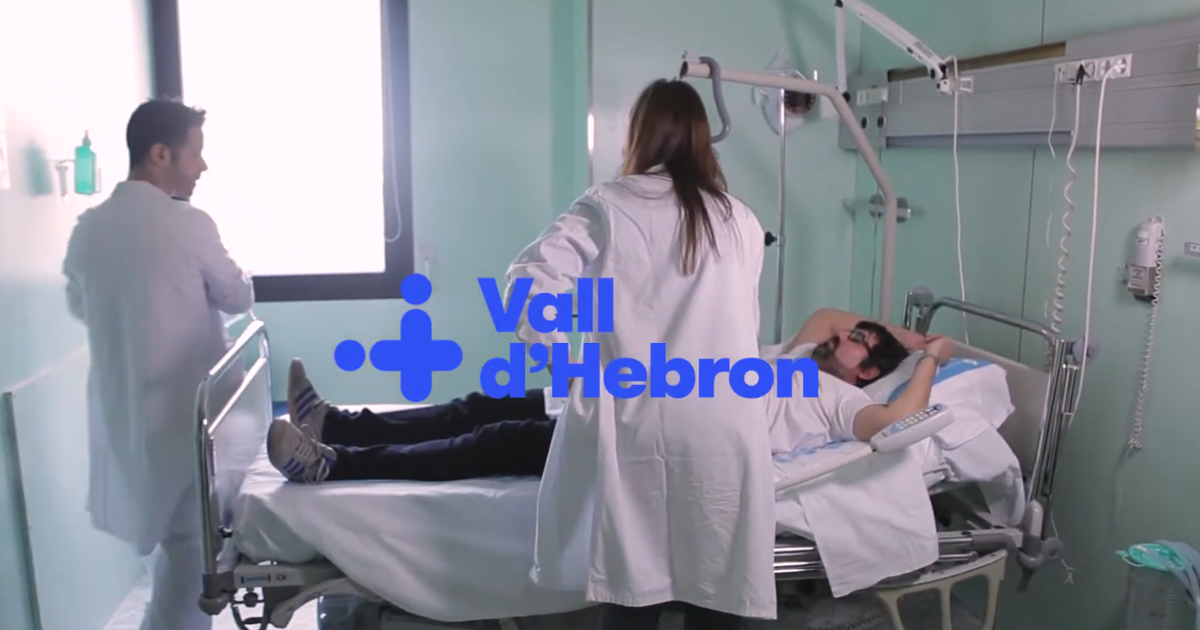
Advancing knowledge uptake and sustainability using best practice guidelines
The Best Practice Champions Network® has been engaging change agents for over two decades to facilitate connection, a sense of belonging and a place to continue the implementation of best practice guidelines.
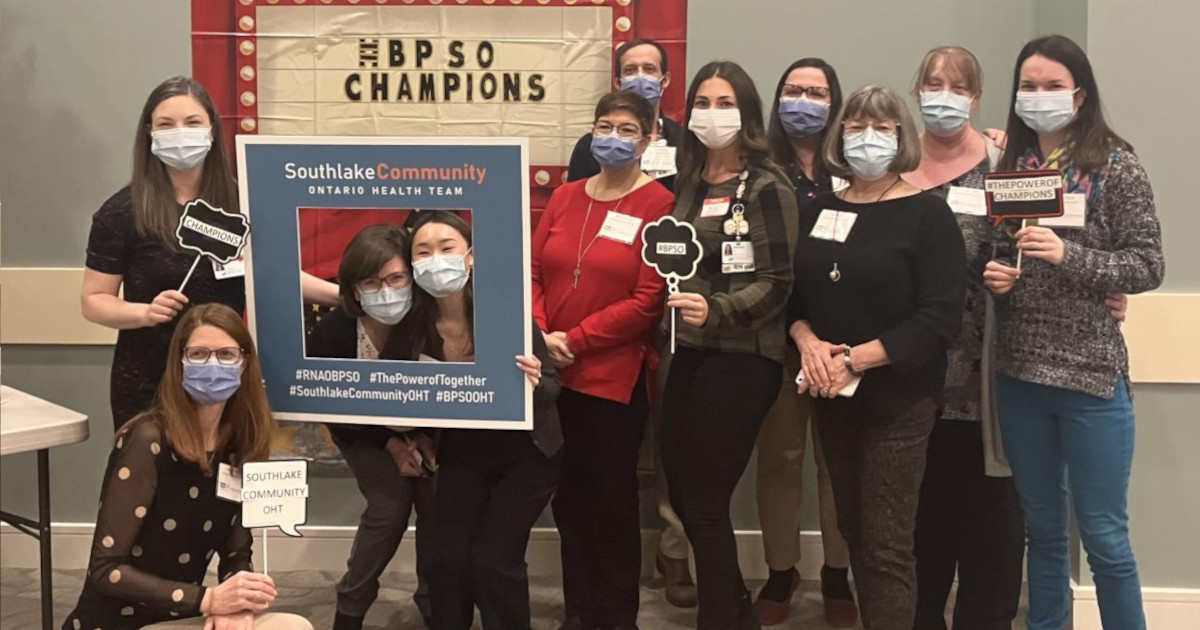
Engaging collective strength in action
The change team at Central West Specialized Developmental Services (CWSDS) has built a strong core leadership structure to support their implementation efforts by including both formal and informal leaders.
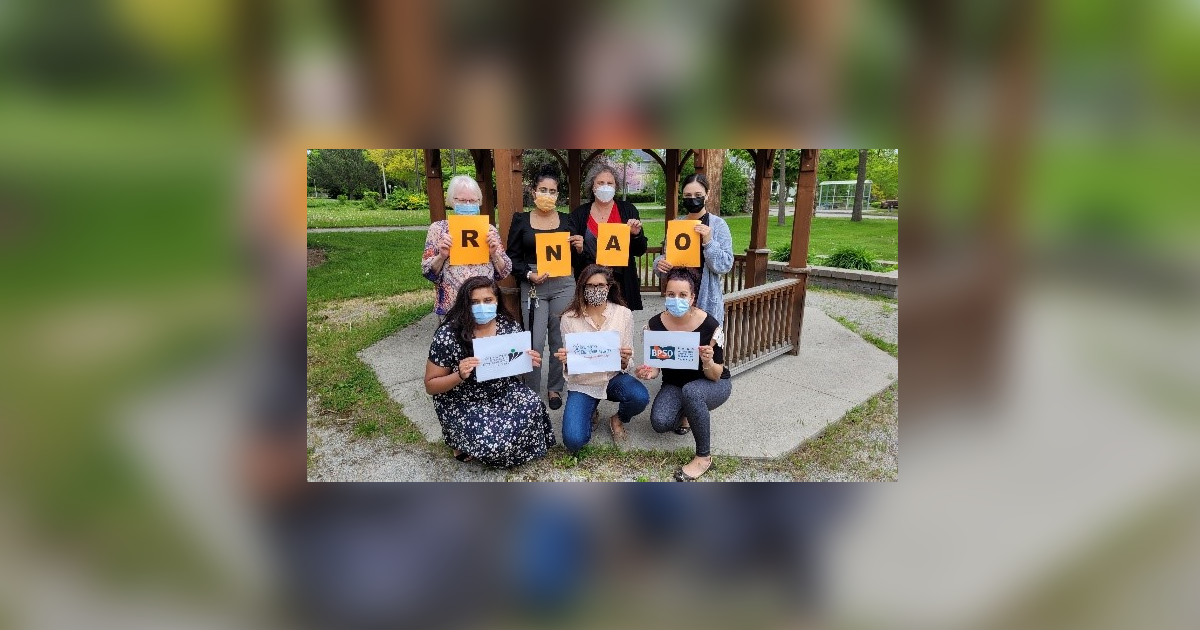
Sustaining change
The "Sustaining change" time point incudes the three outcomes of the Social Movement Action (SMA) Framework: Goals and outcomes are met; Change is scaled up, out or deep; Capacity in leading change is increased.
Below are links to article pages that describe the three outcomes and three case studies that illustrate sustaining change.
Advocating for Alzheimer's knowledge
The Alzheimer's Association was started by activists committed to advancing Alzheimer's knowledge through research.
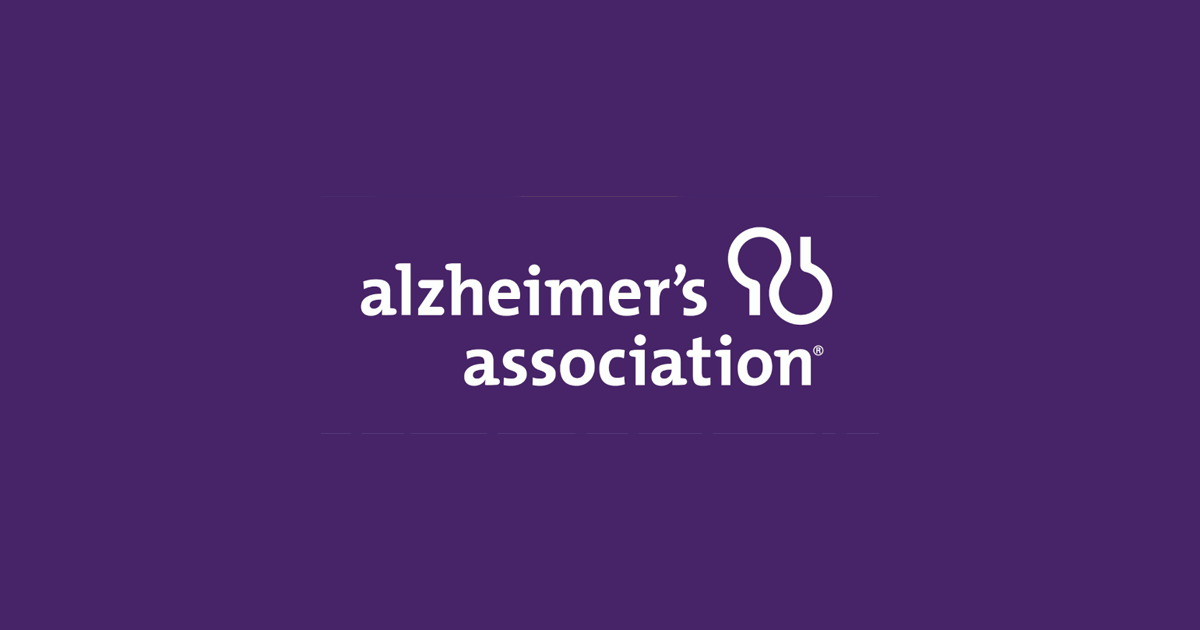
Scaling up, scaling out and scaling deep a fall prevention initiative
A joint fall prevention program by RNAO and the Canadian Patient Safety Institute (CPSI) that was scaled up, scaled out and scaled deep.
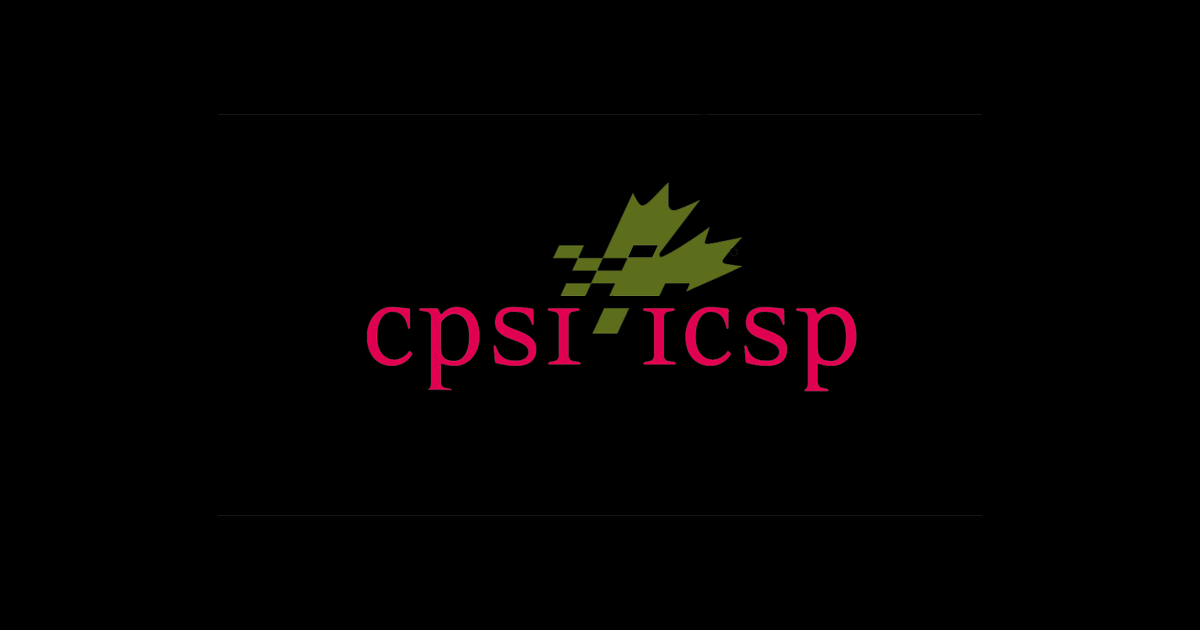
Building capacity in change agents for health innovation and transformation
United Kingdom junior doctors increased their capacity as change agents after mobilizing and implementing the WHO surgical checklist.
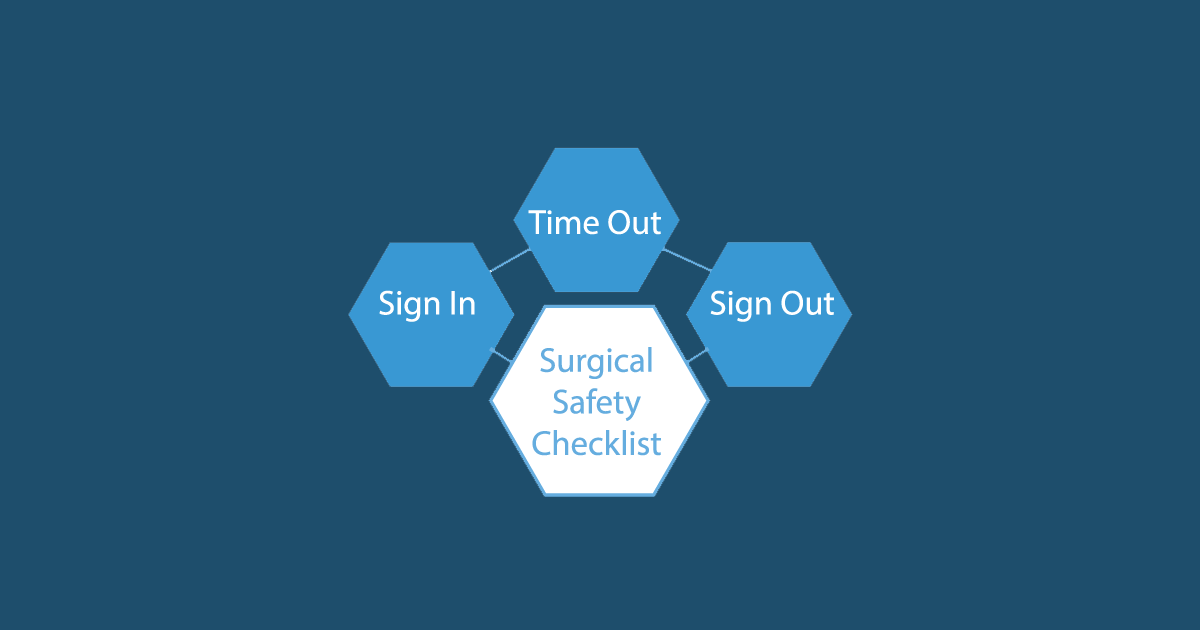
Other sections in the Leading Change Toolkit
Three other sections in the Leading Change Toolkit that can help you to achieve and sustain change: Engaging persons with lived experience; Knowledge-to-Action Framework; and Two complementary frameworks.
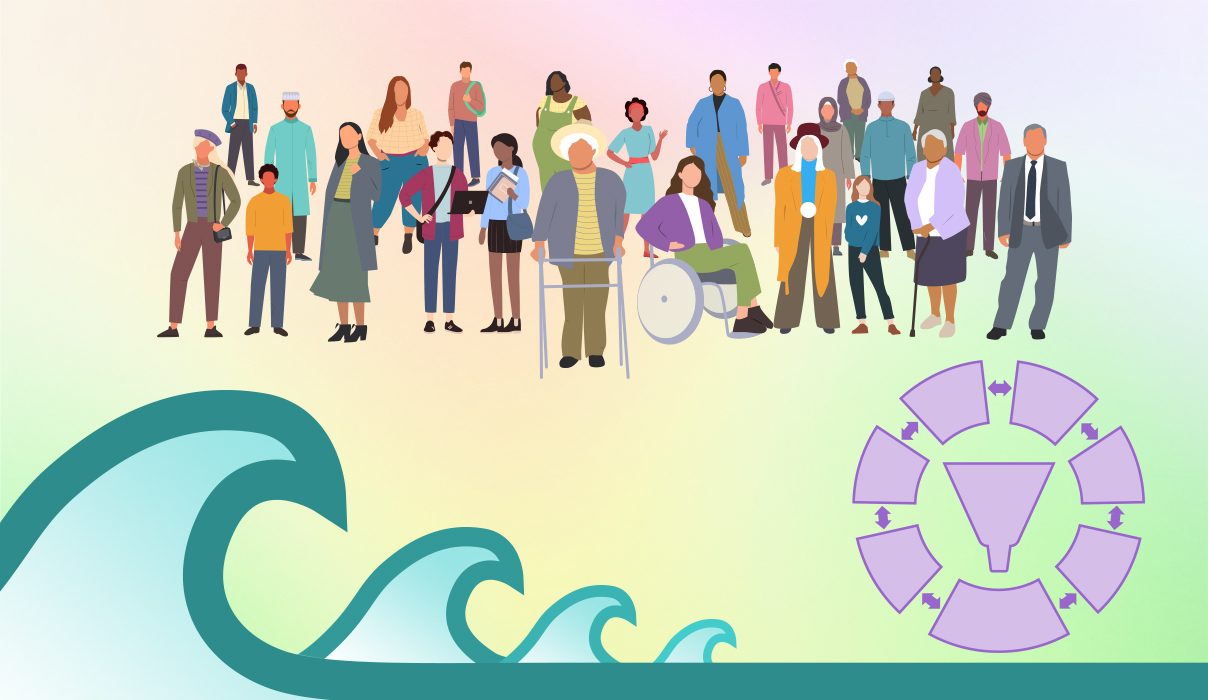
Engaging persons with lived experience
Strategies for how to engage persons with live experience in a change initiative, including as members of a change team.
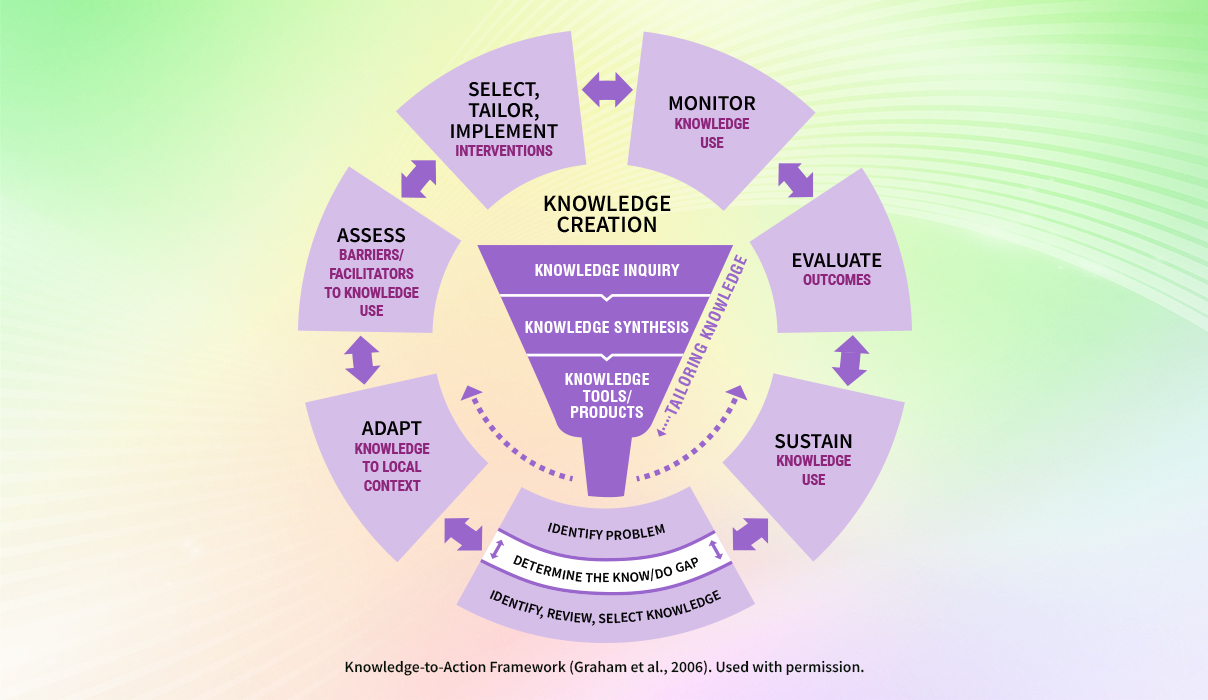
Knowledge-to-Action Framework
The Knowledge-to-Action Framework includes seven action cycle phases to support achieving and sustaining a change initiative.
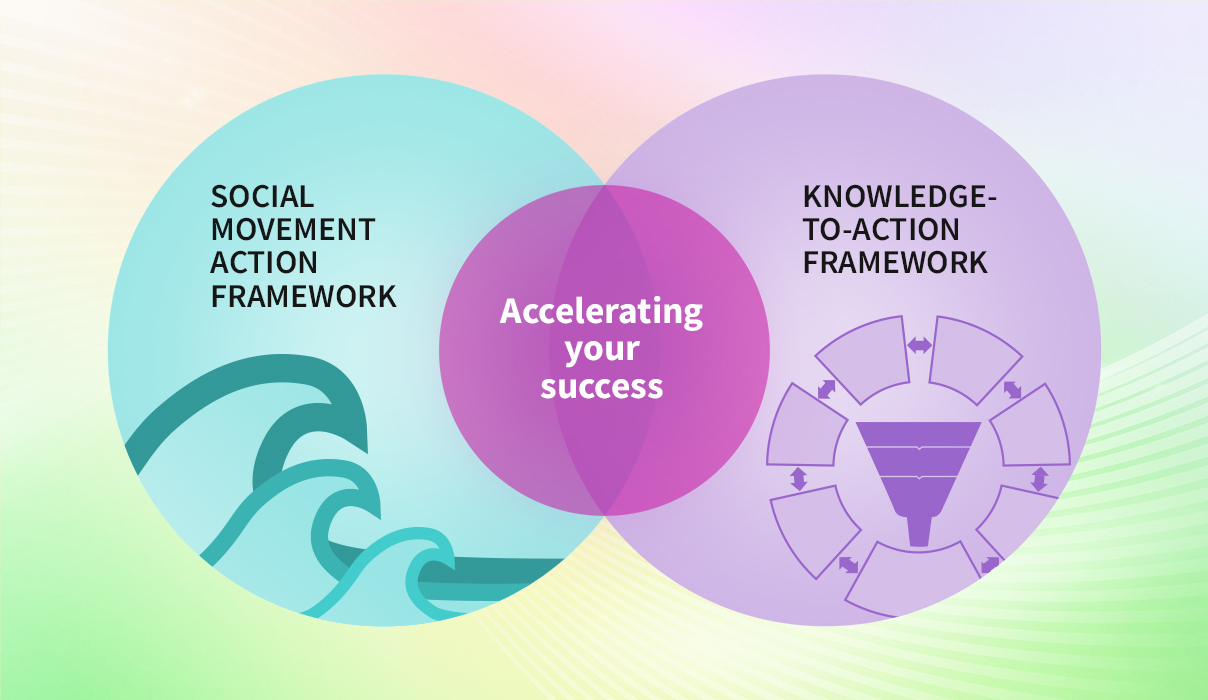
Two complementary frameworks
The Social Movement Action and Knowledge-to-Action Frameworks can be used as complementary approaches to support a change initiative.
